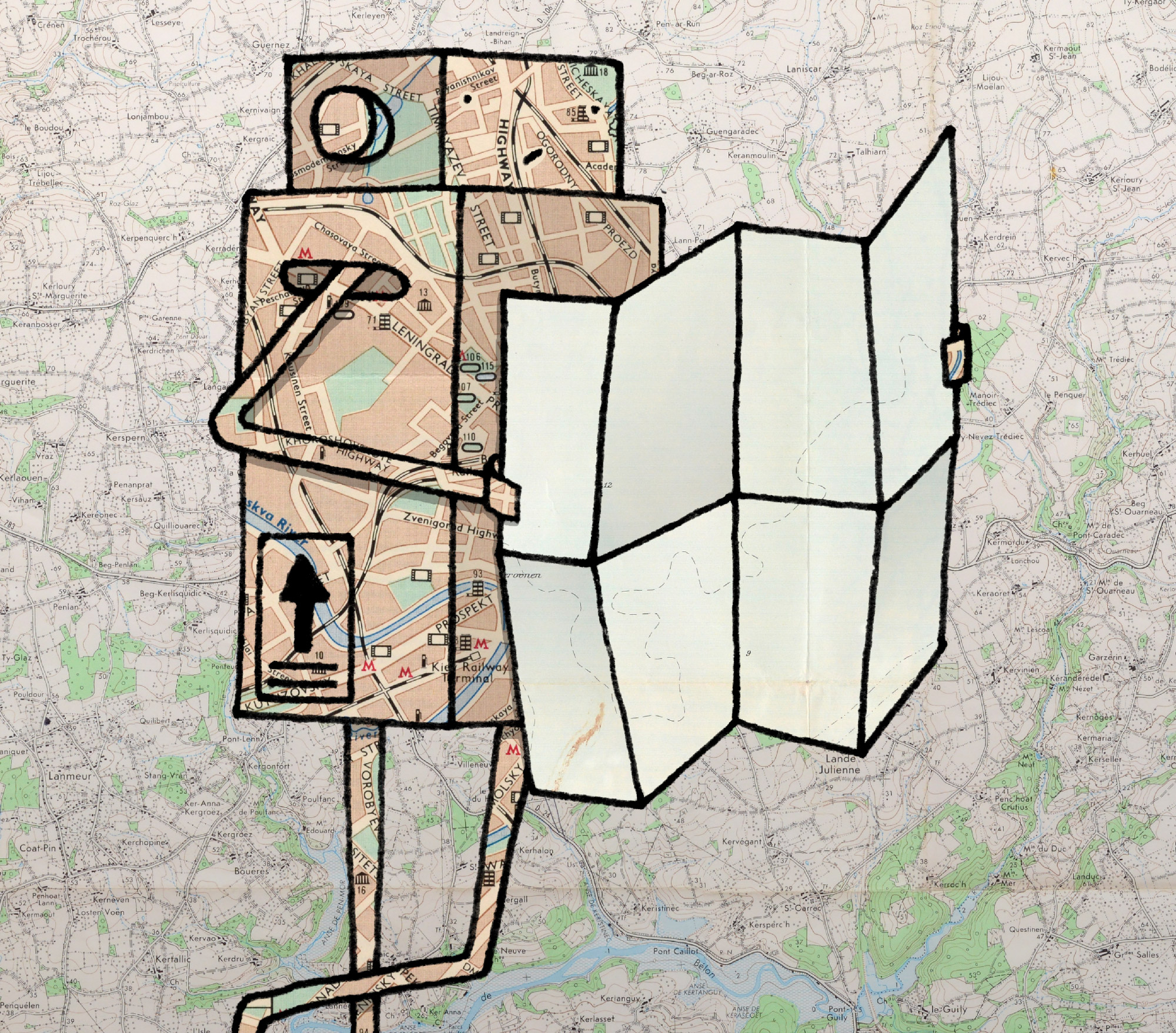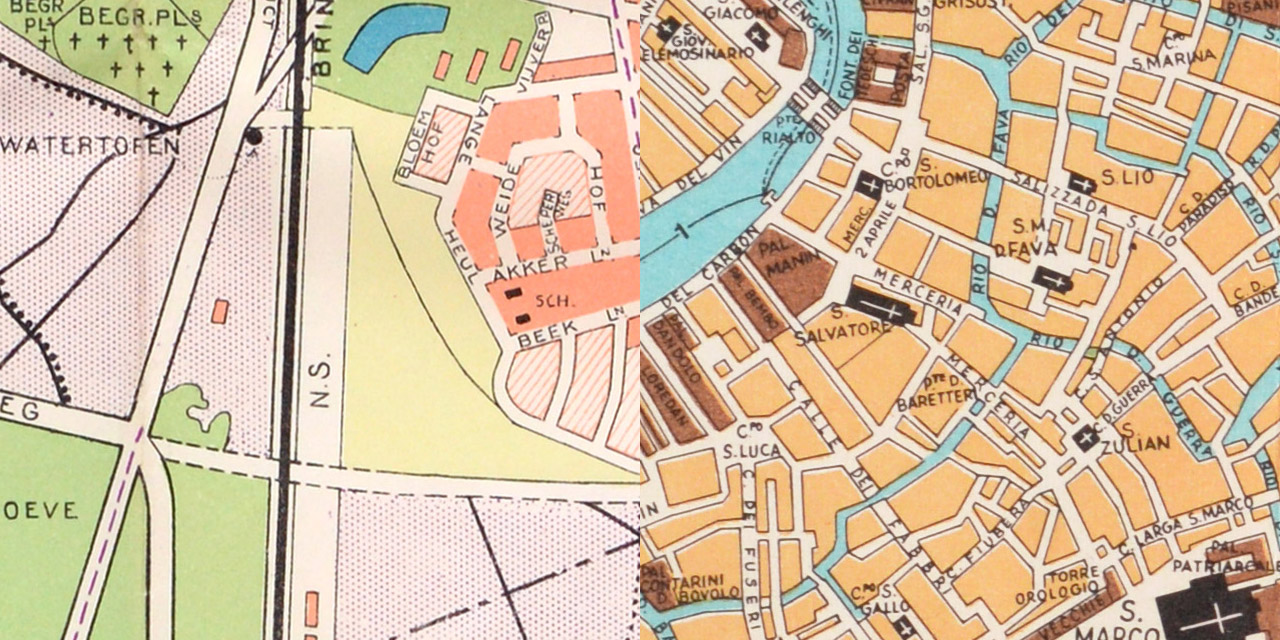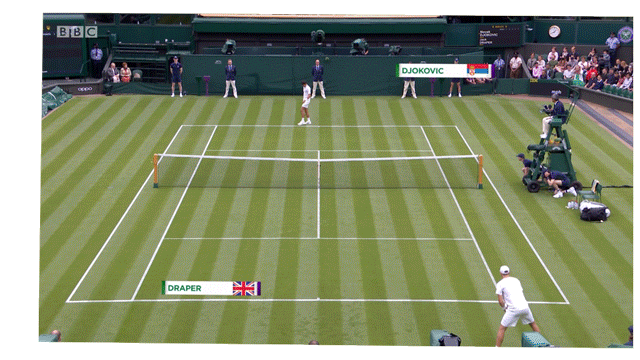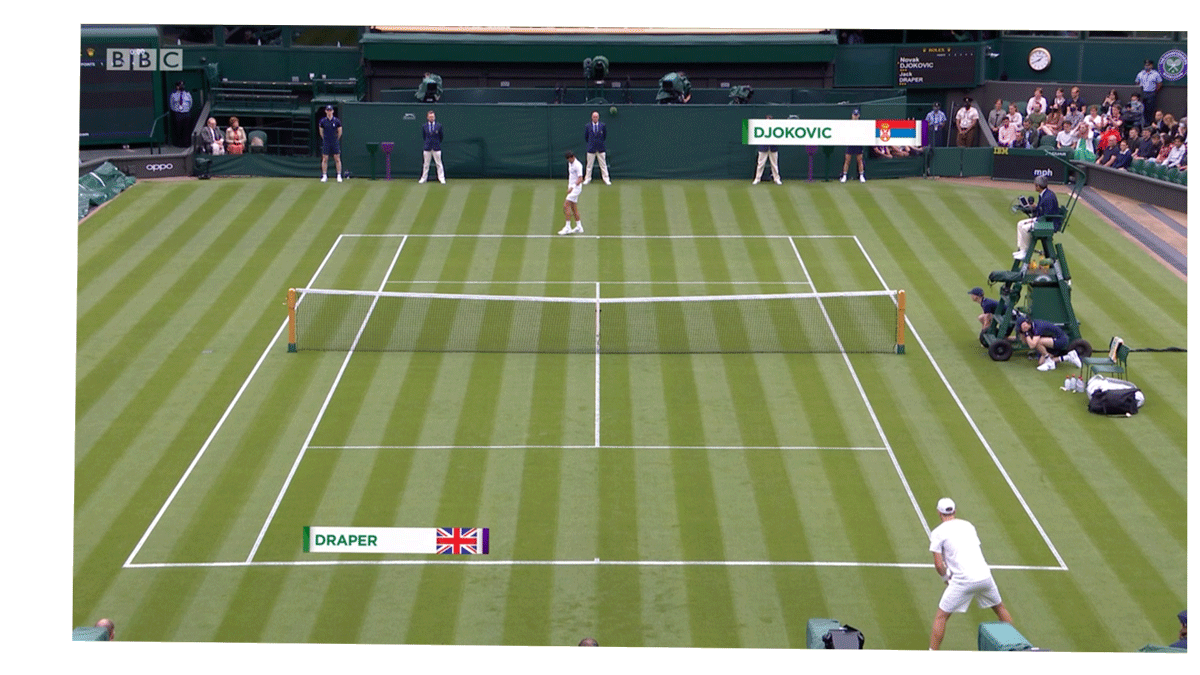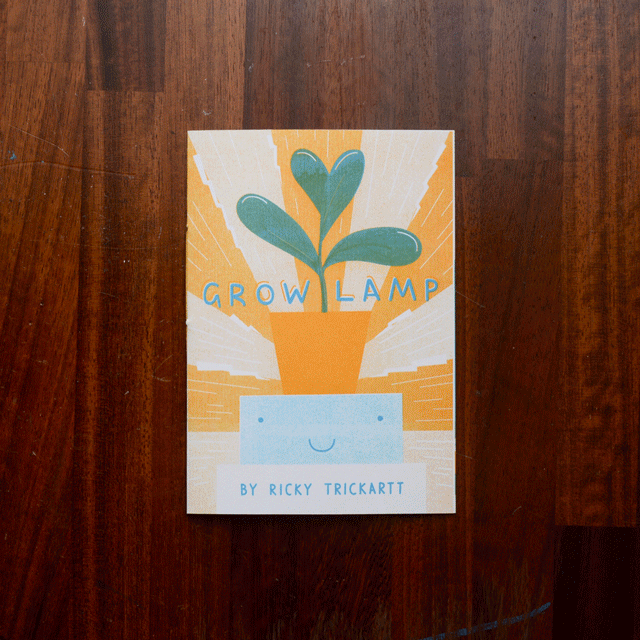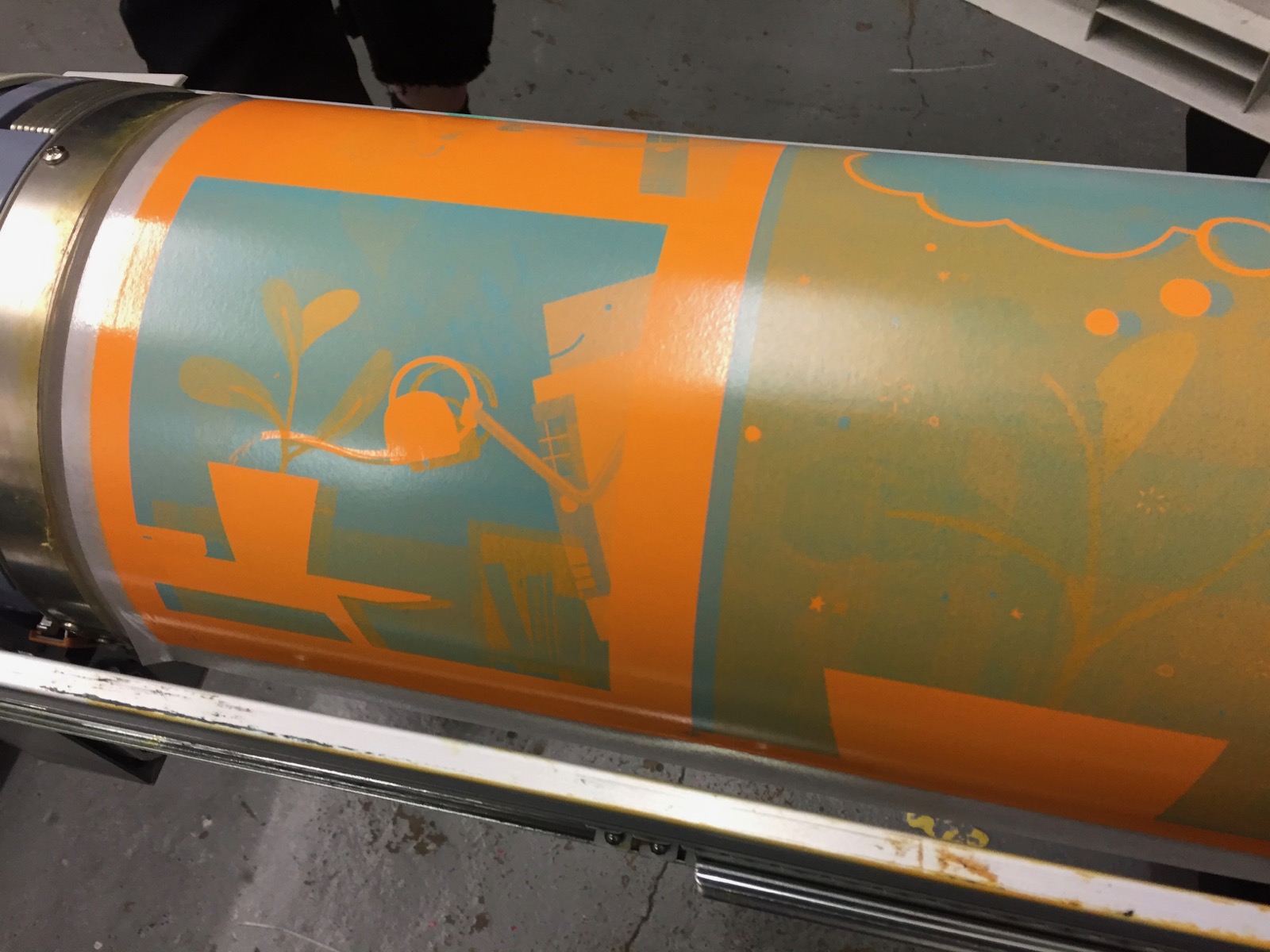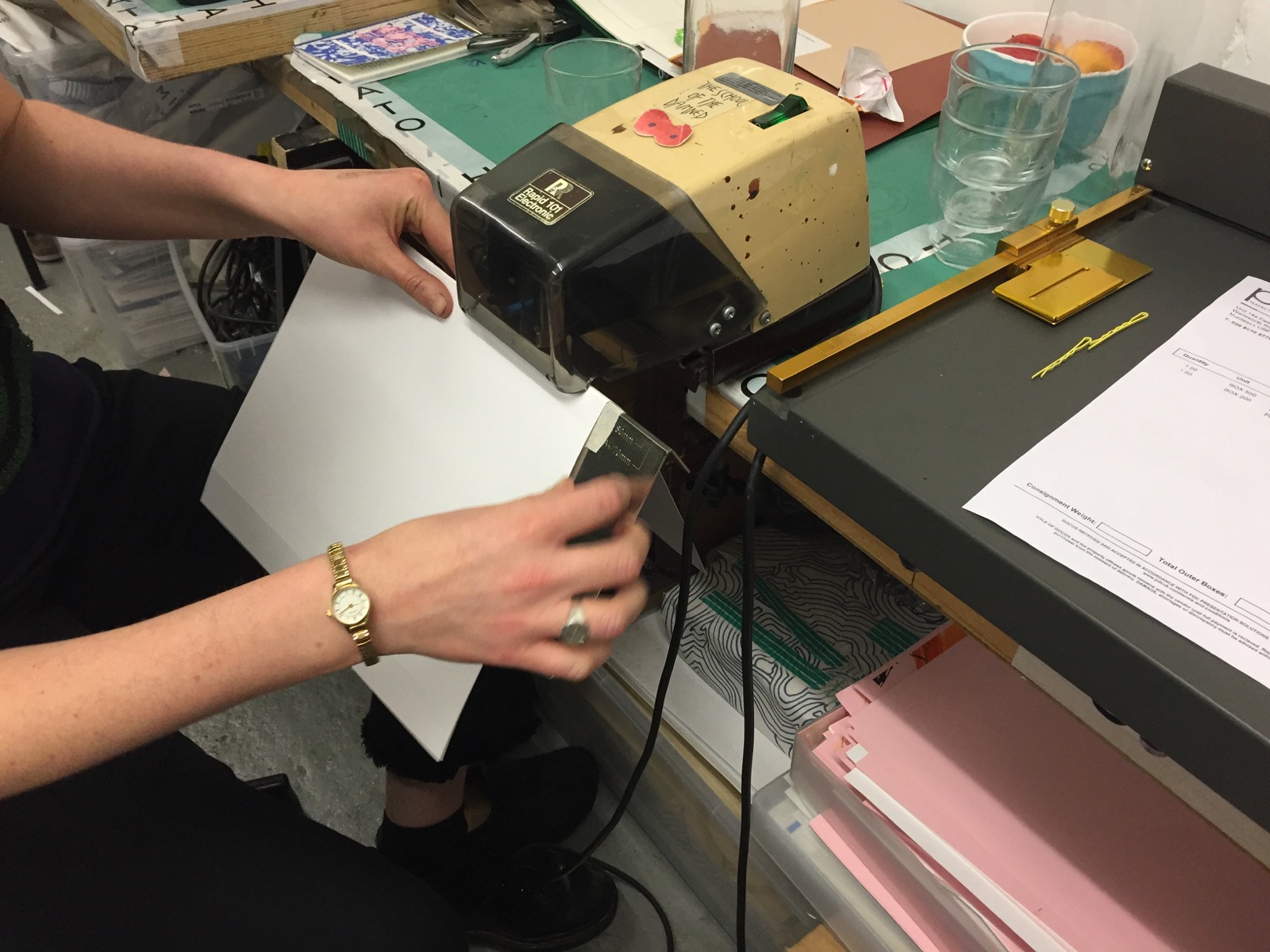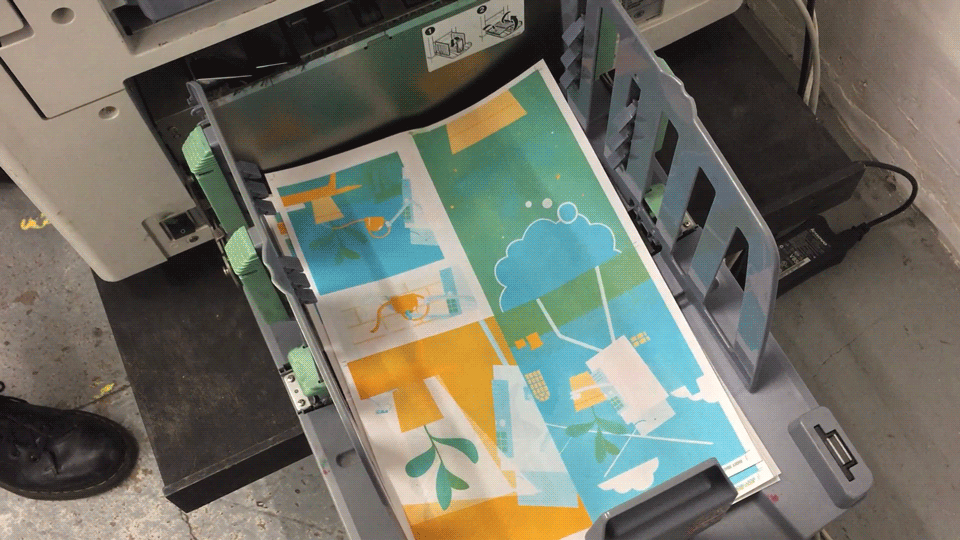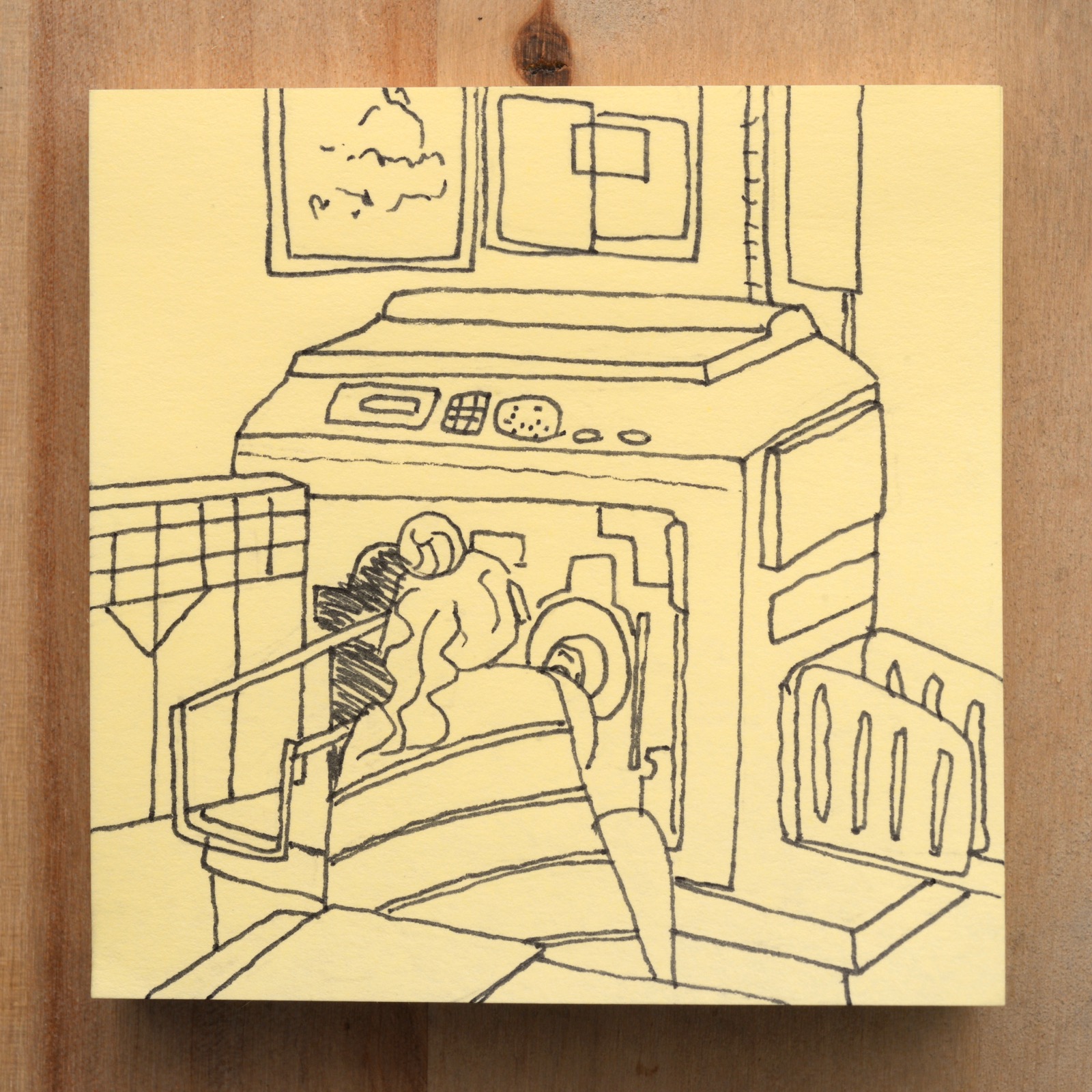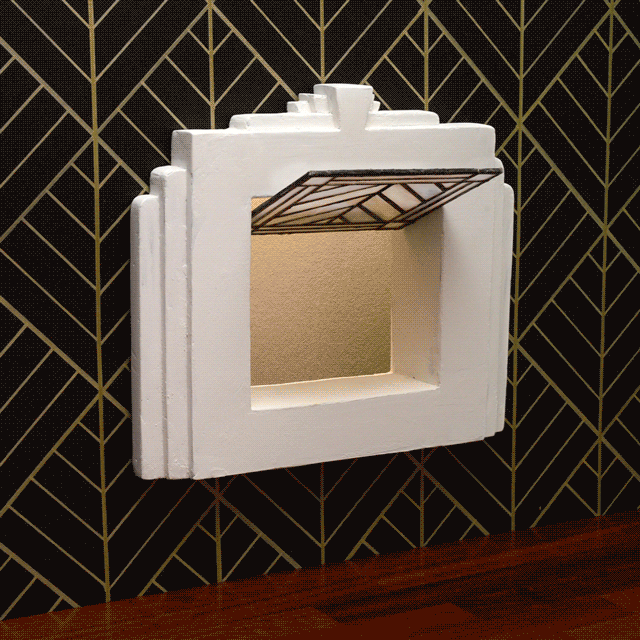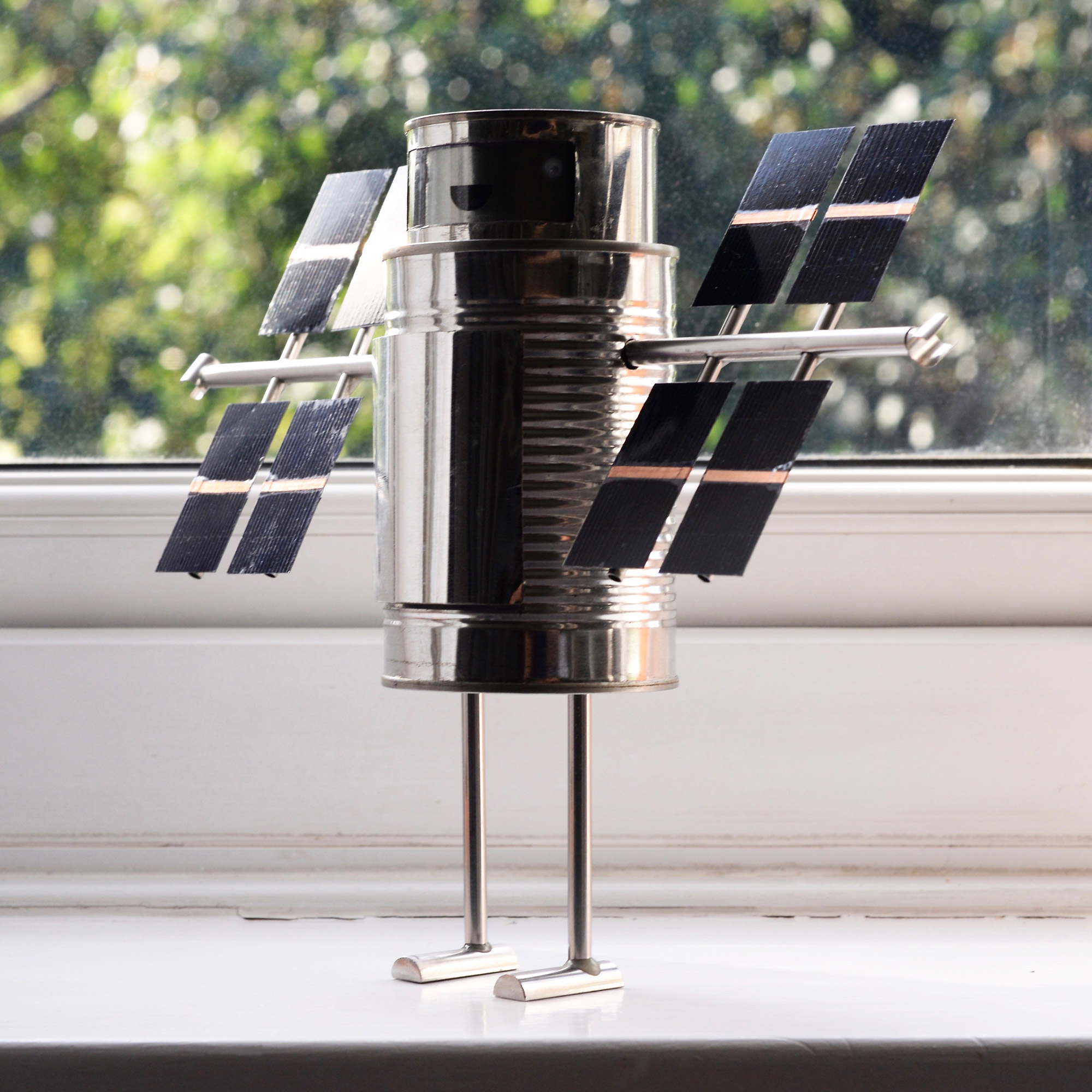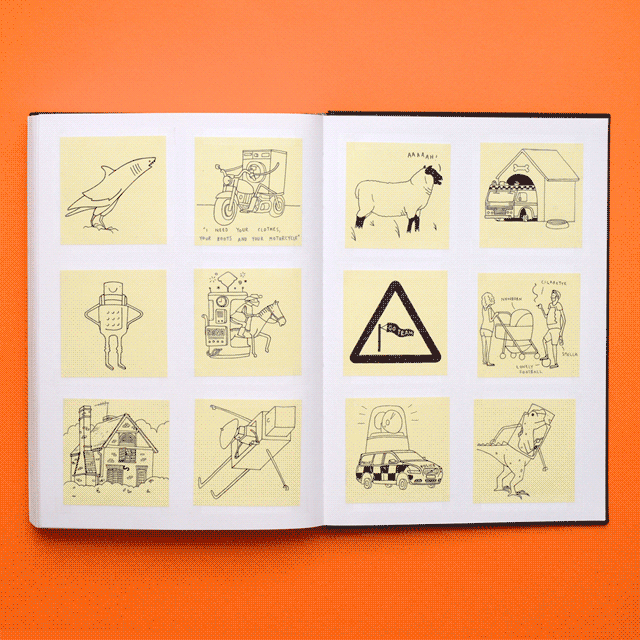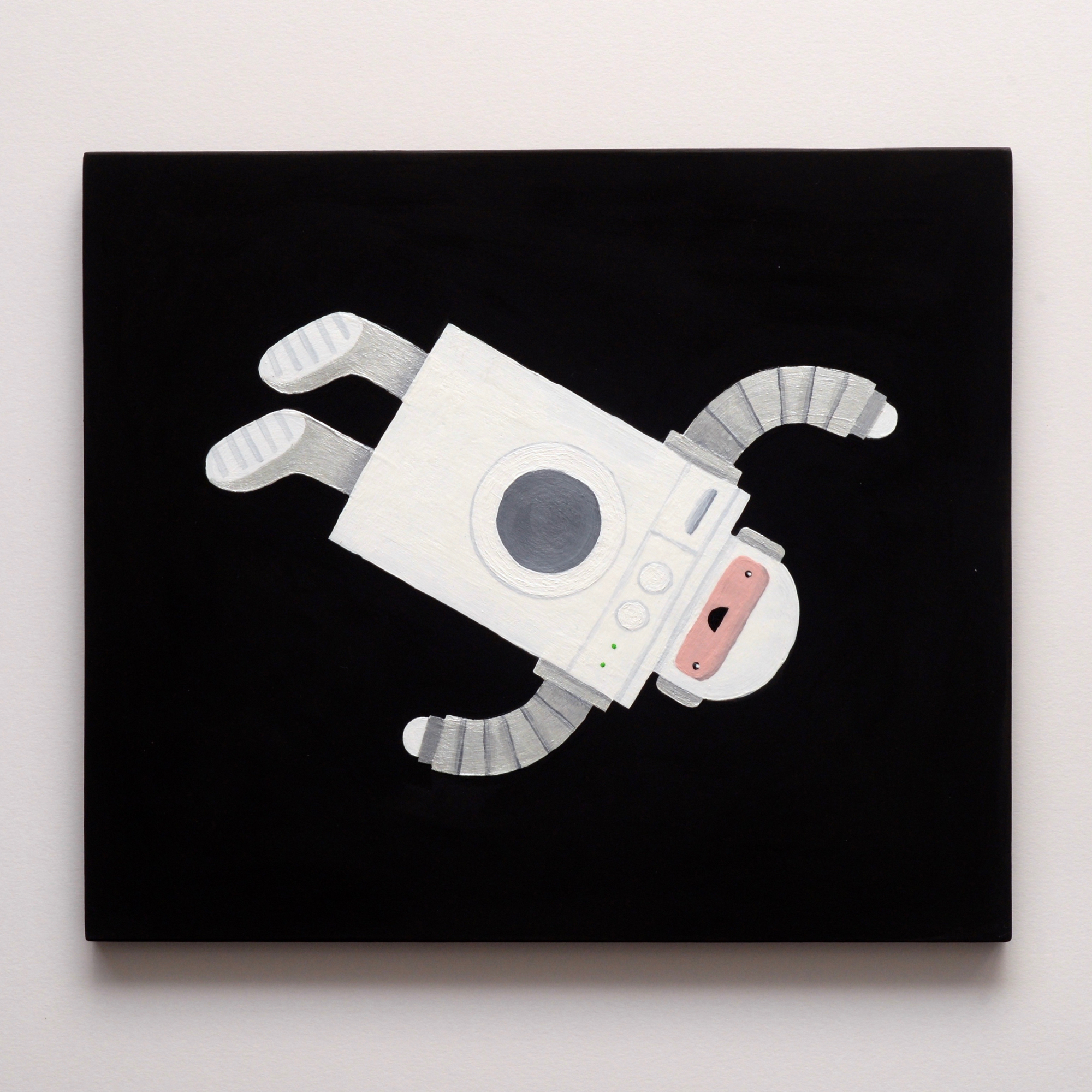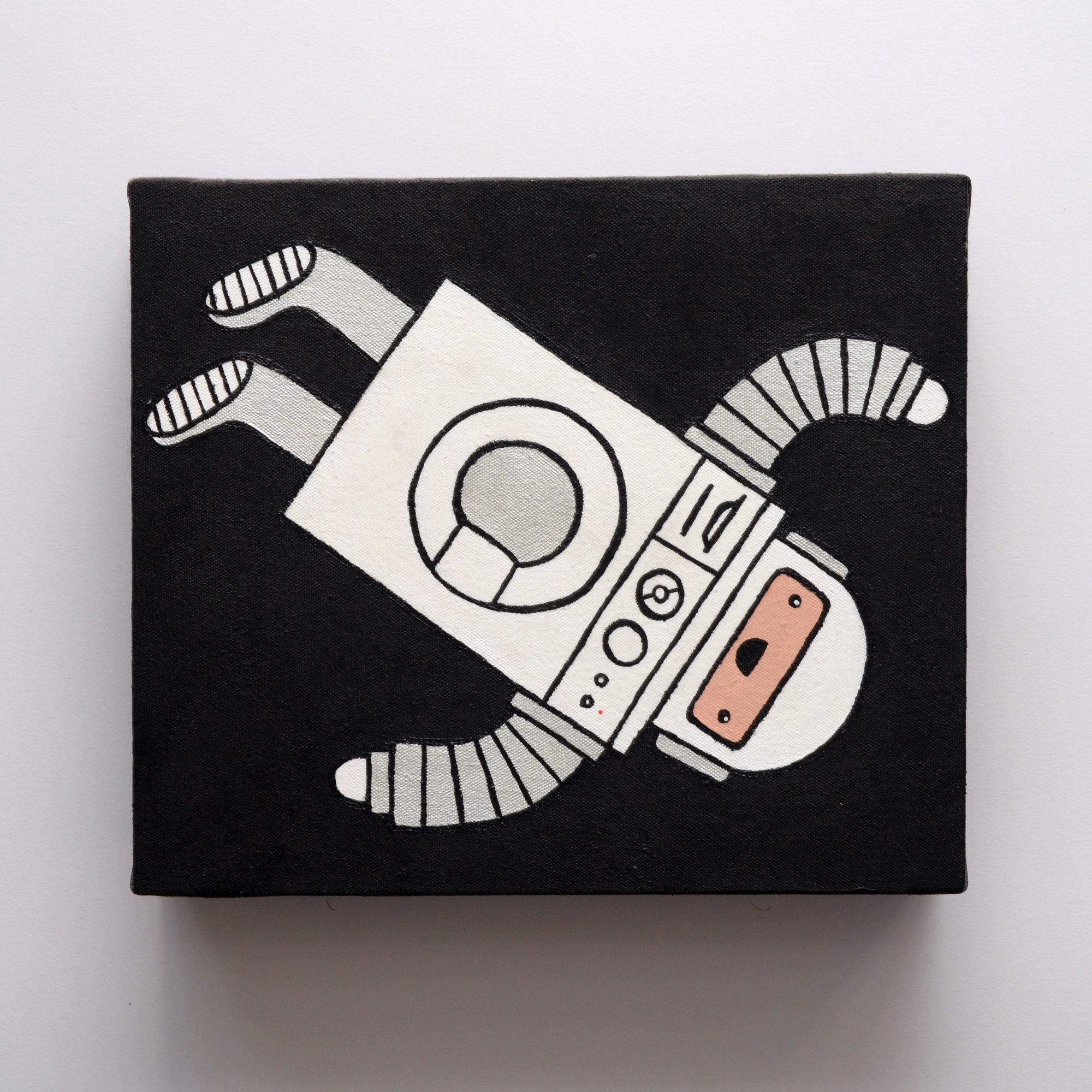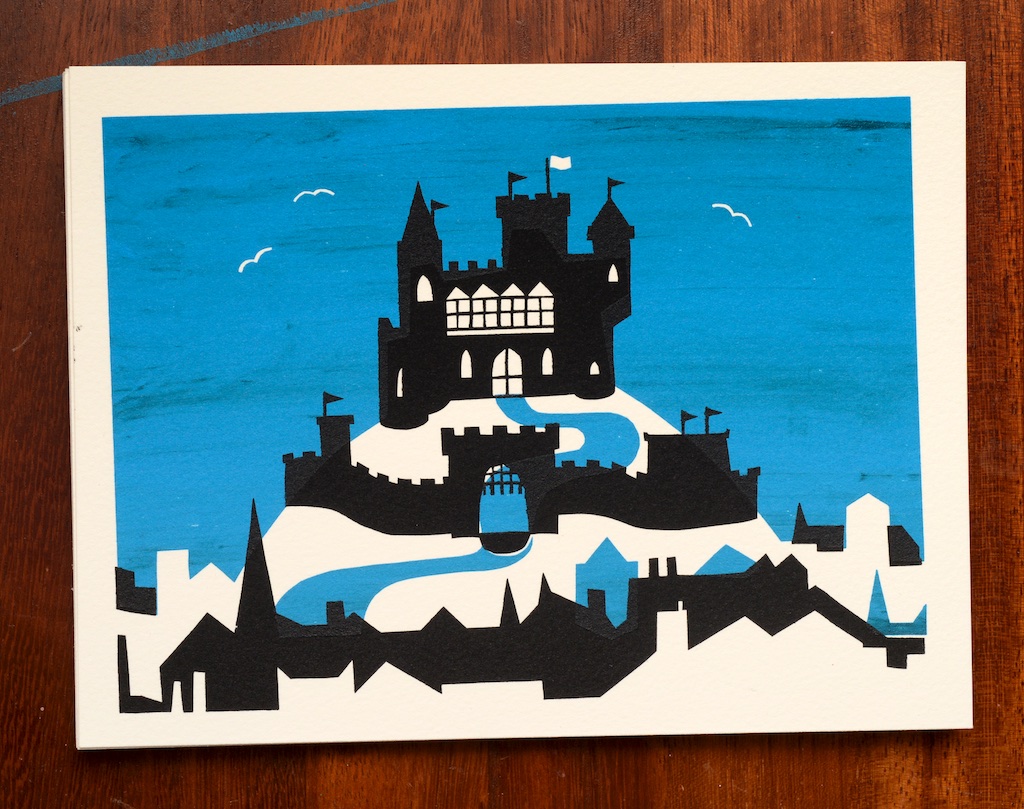It’s funny how sometimes doing stuff means you don’t end up doing stuff… like updating this weblog. A year has already passed since my last entry, but that’s because I’ve been doing other stuff. I have two achievements from 2022 that I am quite proud of though, and are definitely worth not disappearing into the sands of time:
I didn’t (but I came close to) win the Klaus Flugge Prize
It’s really been one of the greatest achievements of my career as a graphic artist to have been shortlisted for the 2022 Klaus Flugge Prize – an award for newcomers to children’s illustration – for Alley Cat Rally.
To have been considered one of the six best of the year was just amazing – I’m really not used to having such recognition for the stuff I make. To have had the book published in the first place was amazing (and frankly still kind of hard to believe happened!), and to have seen parents and kids enjoy the book has been just as difficult to imagine, but to have people who clearly know kids’ books and illustration pick mine out from a huge pool means surprisingly a lot to me.
I made a little video about being shortlisted for the prize this summer. I’m not too disappointed that I didn’t win the whole prize in the end – having a certificate to put on my office wall means a surprising amount to a precious artistic ego.
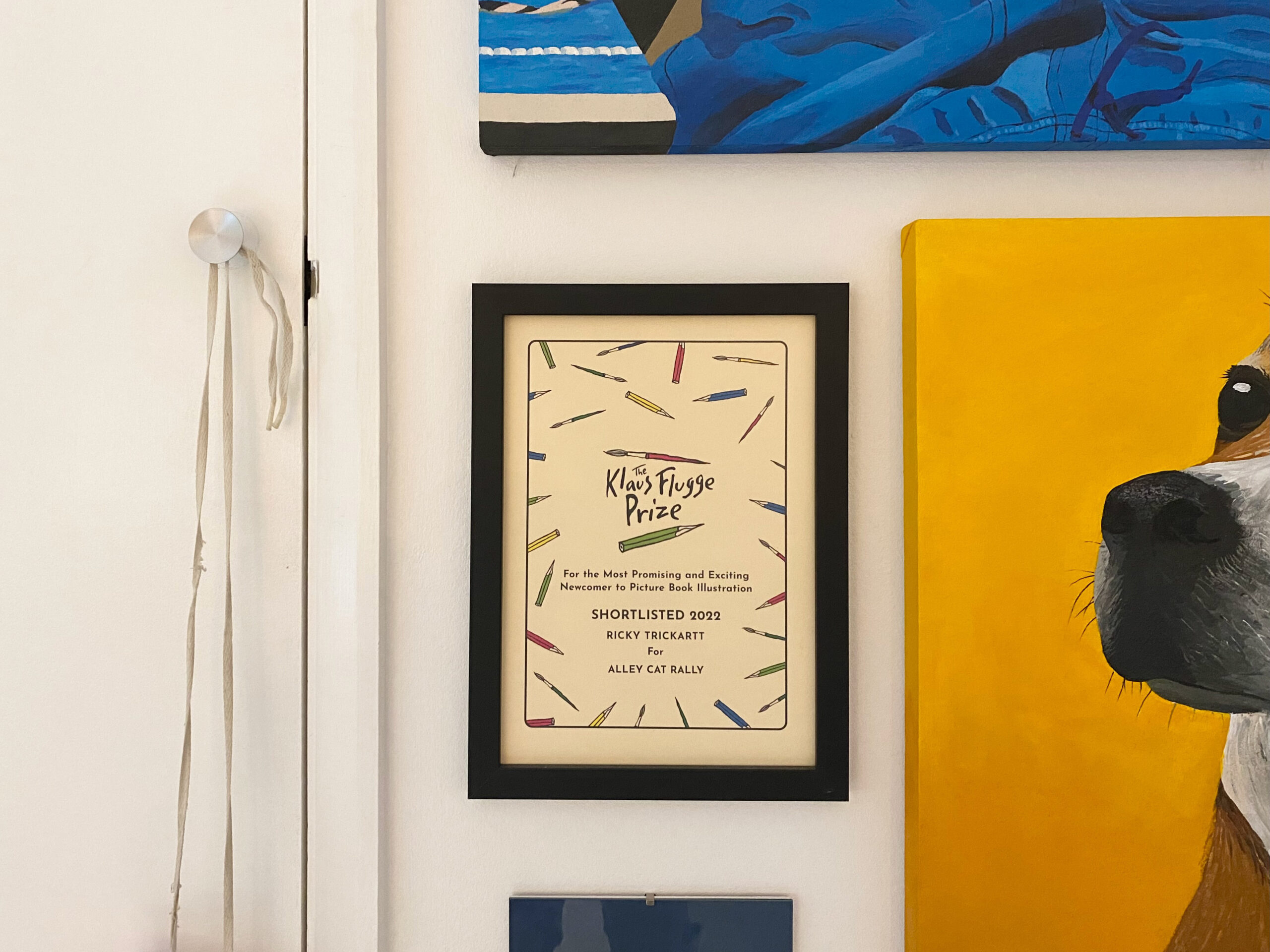
I bought a house
Speaking of my office wall, the other massive thing that happened in my world this year is that Lilly and I bought a house! It’s a hundred-year-old house in the woods with a garden and a surprisingly generous workshop, and we love it.
As anyone privileged enough to have gone through the process of buying a home will likely tell you, the process was painful, and ours especially so, but it did eventually happen, and we are glad it’s over.
It has been an endless source of projects since we got the house, and in 2022 I managed to make videos about a couple of the many projects I’ve already undertaken. As I’ve probably mentioned if you’ve read my past postings here, I’ve been making videos mostly to try and improve my storytelling and to be less afraid of my own voice, and secondarily because it’s quite nice for me to have a record of what I’ve been up to – something I can look back on and remind myself I did actually do. Chasing views and trying to go big on YouTube definitely hasn’t been my priority, so it was a massive surprise when one of my videos this year did – somehow – go big.
The video that found a surprise audience on YouTube was one about me getting a used Henry Hoover vacuum cleaner and repainting it. I’m usually pretty chuffed if my video view counts get into three figures, so seeing this one ramp up to what is now 160,000 views was just bizarre. It’s a pity that I haven’t earned anything for the entertainment I appear to have provided (especially considering YouTube has been running ads against it, whether I want them to or not), but I’m glad it has provided intrigue.
As far as I can tell, there’s a surprising vacuum-cleaner-fancying subculture on YouTube that picked up on the video. I had no idea why it was this video when it happened though, so it made uploading the next video all the more intimidating. I eventually followed it up with a nice tour of my last Post-it book, which didn’t get the traction at all, and has an otherwise better-than-usual 150 views at time of writing. Hey ho.
Having the house is good fun though. Although I didn’t try and document it in video, I am just a couple of skirting boards and paint touch-ups short of having finished redecorating our new living room now, which is exciting. Maybe some of 2023’s projects will warrant more videos though.
So with those two things alone considered, 2022 was a pretty good year, not to mention a couple of record cover designs I thought were particularly successful last year also. I hope that the highlights continue to outweigh the lows for all people on this planet and others!
